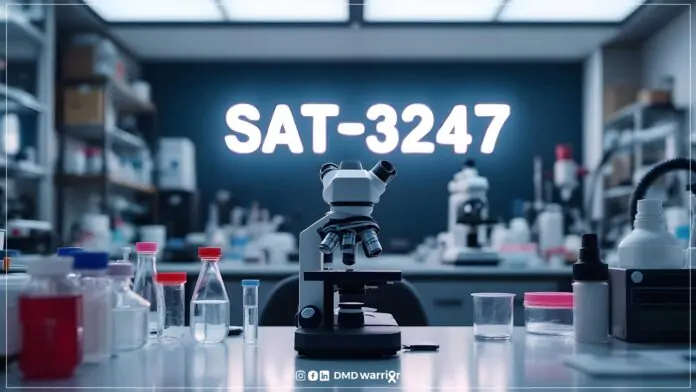Genetic interventions such as exon skipping or gene therapy aim to compensate for the loss of dystrophin, but do not replace the missing signal needed to create new muscle cells. Satellos SAT-3247 Stem Cell Therapy, on the other hand, uses the body’s natural regenerative mechanisms completely independent of dystrophin.
It has long been known that dystrophin, a protein necessary for preserving muscle integrity, is absent in Duchenne muscular dystrophy (DMD). The majority of treatment initiatives have been on using gene therapy, exon-skipping, or other genetic techniques to restore dystrophin. However, recent studies indicate that dystrophin is essential for controlling muscle regeneration in addition to providing structural support. A whole new therapeutic approach has been made possible by this discovery.
Table of Contents
Satellos SAT-3247 Approach
According to Michael Rudnicki’s research, dystrophin serves as a signaling protein that causes muscle stem cells to divide asymmetrically in addition to preserving the integrity of muscle cells. Because each asymmetric cell division produces both a new stem cell and a muscle progenitor cell, this mechanism is crucial for muscle regeneration and repair. (Learn More)
Insufficient asymmetric divisions take place in the absence of the dystrophin signal, which results in a lack of progenitor cells and gradual, incapacitating muscle atrophy. By redefining DMD as a disease of failing muscle regeneration, these findings helped Satellos concentrate on improving function and regaining the body’s ability to produce new muscle through natural regeneration.
Differences of SAT-3247 from Dystrophin-Focused Therapies
Satellos looked for a way to encourage muscle regeneration by restoring asymmetric cell divisions rather than trying to genetically restore dystrophin, which does not restore regeneration. As a result, SAT-3247, a first-of-its-kind small molecule medication that blocks adaptor-associated protein kinase 1, was created. By inhibiting this protein, SAT-3247 restores the signal required for cells to divide asymmetrically and produce progenitor muscle cells.
Satellos has shown that this works well in animal models as well as in vitro. Method of Satellos is a significant divergence from current treatments, which use genetic techniques like gene therapy or exon-skipping to make up for dystrophin loss. While Satellos method uses the body’s natural regenerative processes, which are totally independent of dystrophin, other methods do not restore the signal that is lost in the process of creating new muscle cells.
SAT-3247 Phase 1 Clinical Trial
A Phase 1 randomized, placebo-controlled research was initiated by Satellos in September 2024 to evaluate the pharmacokinetics and safety of SAT-3247. 72 healthy volunteers were treated in this initial phase, which is now finished, spanning several single and ascending dosage (SAD/MAD) cohorts as well as one cross-over food impact cohort. Up to ten adult DMD patients will be treated by Satellos in the second stage, which is now in progress, in order to assess the safety of SAT-3247 and the PK profiles of the patients. Pharmacodynamic indicators may also be found with the aid of these investigations. (Phase 1 Clinical Trial of SAT-3247)
Verification of SAT-3247 Activity
SAT-3247’s Phase 1 development has demonstrated an extremely positive safety profile. Being a small molecule medication that may be taken orally, it may offer flexibility and tolerance that are not seen in other therapies. It may be used as a primary or supplementary therapy because it focuses on regeneration rather than dystrophin restoration, which could help a larger group of DMD patients independent of prior treatment. Furthermore, this treatment may result in early and more obvious clinical benefits by improving muscle repair rather than just slowing the course of the disease.
Which Patients Can Receive SAT-3247?
This treatment has the potential to help all DMD patients, regardless of their genetic makeup, because it concentrates on muscle regeneration rather than mutation-specific repair. Furthermore, preclinical research indicates that, in comparison to current therapies, SAT-3247’s regenerative properties might enhance muscle function sooner. It will be possible to ascertain which patient subgroups benefit the most from these animal research and whether they apply to human patients through future clinical trials.
SAT-3247 Price and Equitable Access
Being a small molecule medicine, SAT-3247 has several advantages over gene treatments, including ease of production and distribution. This method may also be made available to all DMD patients since it is not mutation-specific, which would make accessibility easier. When this treatment hits the market, Satellos is dedicated to collaborating with authorities and medical professionals to provide widespread and fair access.
Read More: Satellos Presents Initial Data from the Phase 1 Trial of SAT-3247



